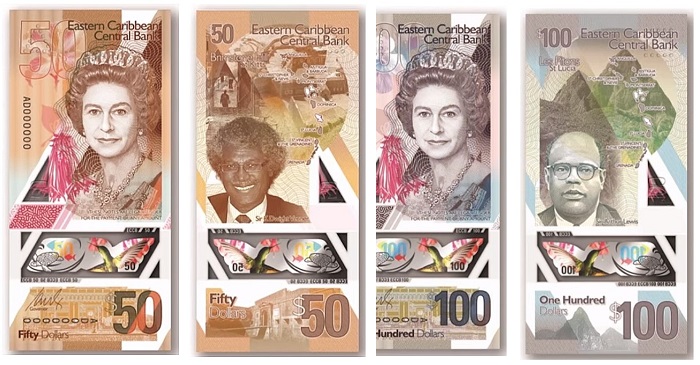Polymer notes will be difficult to counterfeit
With the announcement by the Eastern Caribbean Central Bank (ECCB) that a new suite of enhanced bank notes will be rolled out by mid-2019, it has been noted that there are advantages to be gained from switching from paper notes to polymer.
One major advantage of the change from paper to polymer bank notes is the difficulty the difficulty that will be faced by anyone who tries to produce counterfeit notes.
This, from acting director of the Currency Management Department Rosbert Humphrey who said polymer is a thin film made from a versatile form of plastic, making it much more complex than paper.
He said even if someone was successful in printing the counterfeit note, the feel of it would be noticeably different.
June of this year has been selected as the month when The Eastern Caribbean Central Bank (ECCB) will, for the very first time, put banknotes made out of polymer into circulation.
First into circulation will be a new $50 bill followed by the $100, $20 and $10 bills in August/September of this year and the $5 bill in 2020.

